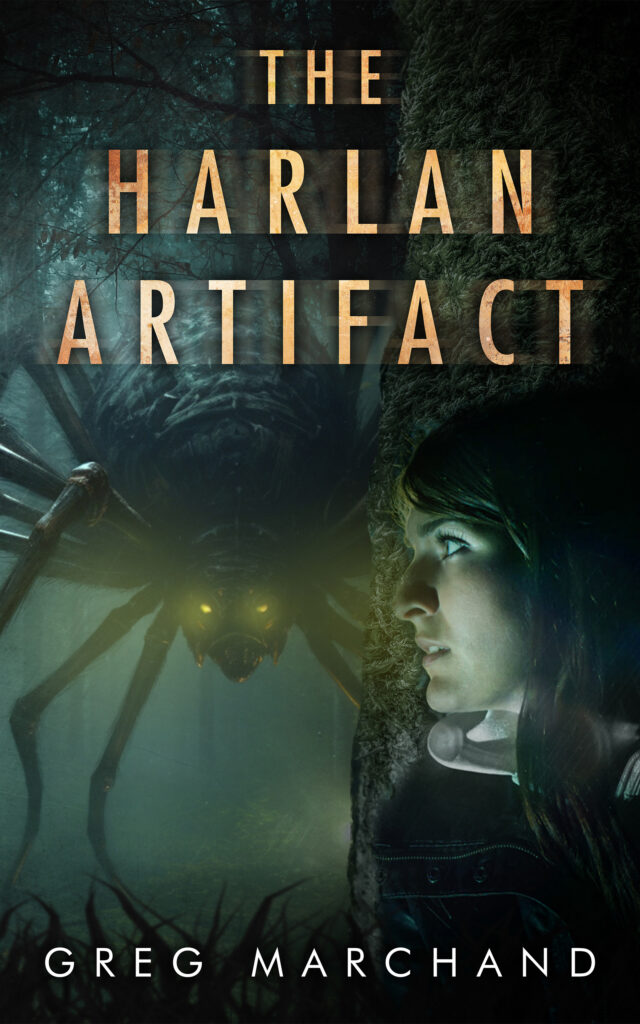
Stories involving Native American folklore, as well as the one with Far East and any other kind of folklore I don’t relate to tend to fascinate me a lot. I’m a sucker for finding the inevitable differences and spontaneous analogies in themes and narrative devices, and I always wonder about what can possibly explain all those analogies and how the differences, on the other hand, produce very different societal structures and points of view.
If you mix it with a protagonist with retrocognitive abilities looking for answer and a very improbable team of investigators, then you can quickly figure out what made it impossible for me to say no to read and review Greg Marchand’s The Harlan Artifact.
There is a centuries-old horrific creature, and the story about how it came to be. And there’s the story of Laney, a 20-something girl who has the ability to see events happened in the past: despite being so young and with her special ability, she already feels she has failed at life, and behaves accordingly until her best friend disappears together with other 15 people during a charity run.
What I found resonating in Laney was that it wasn’t exactly a flipped switch: just as real people do, she has her own highs and lows before and after she “decides” to get her shit together, before and after her life is shook by grief and trauma. As a reader, you get to cheer for her when she seems on a good path, to actually feel sorry for her setbacks, but in either case you understand where it all comes from. Not because everything is on the table since the beginning: many things from her past work as a powerful reveal as she’s working on herself.
Then there is the “supporting cast”, the people that end up helping Laney solve the mystery that’s haunting the outskirts of the city of Harlan. Her Archaeology professor Clyde Duggard, who is a very eccentric guy and very passionate about the history of the area. As I read the book I figured him in my head as a sort of non-adventurous Indiana Jones but with comparable knowledge and a lot more theatrics. At the same time, he seems to take a genuine interest in Laney when he understands she needs help.
Agent Amy Hendershot (fun fact: for some reason I find it hard not to call her Henderson, I wonder where the “shot” came from, pun not intended) starts off as a figure in conflict with Harlan. She’s a cop and even though she bails Laney out of trouble a few times she looks very judgemental about her, especially at the beginning. As the story progresses you get to know a bit more about her and she becomes a part of the team.
And finally Slim, the college wrestler who genuinely likes Laney and is there for her. He’s the character that appears too good to be true, but I think I can forgive the author for stretching my (very elastic) suspension of disbelief because Slim it’s the kind of person that is refreshing to see portrayed even though you know they’re more than rare.
All these diverse characters blended so well in the story and helped Laney healing processed in a way that at time made you forget that there was also a terrible menace lurking in the woods, and the story about its (very sad) inception. But not for very long…
Be First to Comment